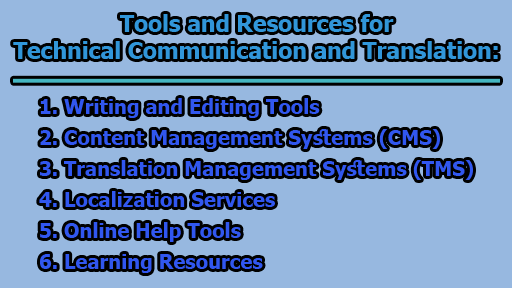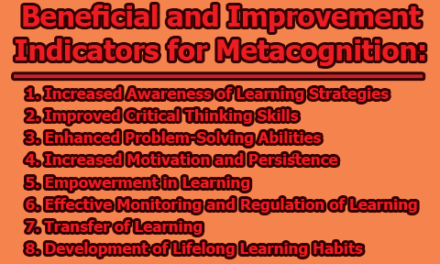Tools and Resources for Technical Communication and Translation:
In the modern globalized world, effective technical communication and translation are vital skills. Professionals need to convey complex information across diverse languages and cultures, ensuring clarity, accuracy, and consistency in their content. To meet these challenges, a wide array of tools and resources are available, making the process smoother and more efficient. In this article, we will delve into the most useful tools and resources for technical communication and translation, demonstrating how they help overcome common challenges in this field.
1. Writing and Editing Tools: One of the initial steps in technical communication and translation is to create and refine content for clarity, consistency, and correctness. Writing and editing tools play a pivotal role in this process by improving grammar, spelling, style, terminology, and formatting. They also help identify errors, inconsistencies, and readability issues. Some popular tools include Grammarly, Hemingway, Microsoft Word, Google Docs, and Adobe FrameMaker. Additionally, they facilitate collaboration with other writers, reviewers, and translators, allowing for the tracking of changes and feedback.
2. Content Management Systems (CMS): Efficient content management is critical in technical communication and translation. Content Management Systems (CMS) enable professionals to store, update, and publish content in various formats, languages, and platforms. CMS also support content reuse across multiple projects, minimizing duplication and ensuring consistency. Prominent CMS options include WordPress, Drupal, Joomla, and DITA. These systems also integrate seamlessly with translation management systems, localization services, and analytics, providing a comprehensive solution.
3. Translation Management Systems (TMS): Maintaining content quality, accuracy, and consistency across different languages and cultures is a considerable challenge. Translation Management Systems (TMS) offer a solution by automating, streamlining, and optimizing the translation workflow. They allow for project management, task assignment, progress monitoring, and result evaluation. TMS tools such as SDL Trados, Memsource, Smartling, and Transifex enable the use of translation memory, glossaries, and machine translation to enhance translation efficiency and quality.
4. Localization Services: Adapting content to meet the specific needs and preferences of diverse target audiences is another major challenge in technical communication and translation. Localization services are a key resource for achieving this by offering professional translation, editing, proofreading, testing, and consulting. Companies like Lionbridge, TransPerfect, LanguageWire, and Gengo provide such services, ensuring content aligns with local standards, regulations, and best practices.
5. Online Help Tools: Online help content, which guides users in using products or services, is a common aspect of technical communication and translation. Online help tools simplify the creation, design, and delivery of content in various formats like HTML, PDF, and CHM. They also offer features like search, navigation, feedback, multimedia, and interactivity. Some popular online help tools include MadCap Flare, RoboHelp, HelpNDoc, and HelpSmith. Integration with CMS, TMS, and localization services ensures seamless workflow.
6. Learning Resources: Continuous learning is crucial for improving technical communication and translation skills. Learning resources like courses, webinars, podcasts, blogs, books, and magazines offer opportunities to acquire new skills, techniques, and stay updated on trends and best practices. Platforms like Udemy, Coursera, The Content Wrangler, TechWhirl, and tcworld provide access to valuable learning materials. They also foster networking opportunities within the technical communication and translation community and facilitate participation in professional associations and communities.
In conclusion, Technical communication and translation are indispensable skills in our increasingly interconnected world. To excel in these fields, professionals can harness a plethora of tools and resources that streamline their work, enhance the quality of their content, and provide opportunities for continuous learning and improvement. By using writing and editing tools, content management systems, translation management systems, localization services, online help tools, and learning resources, individuals can navigate the complexities of conveying information across languages and cultures with greater ease and efficiency.

Library Lecturer at Nurul Amin Degree College










